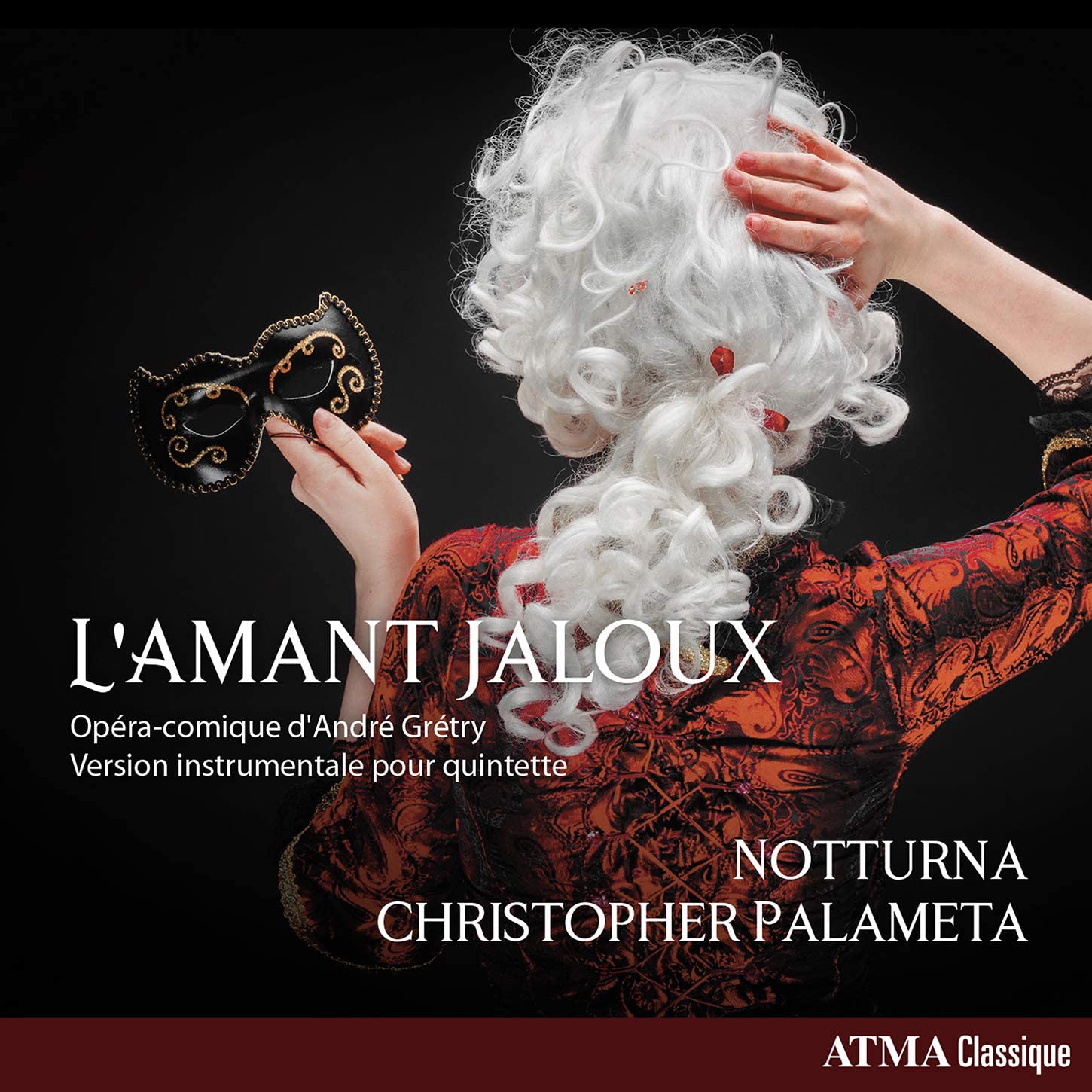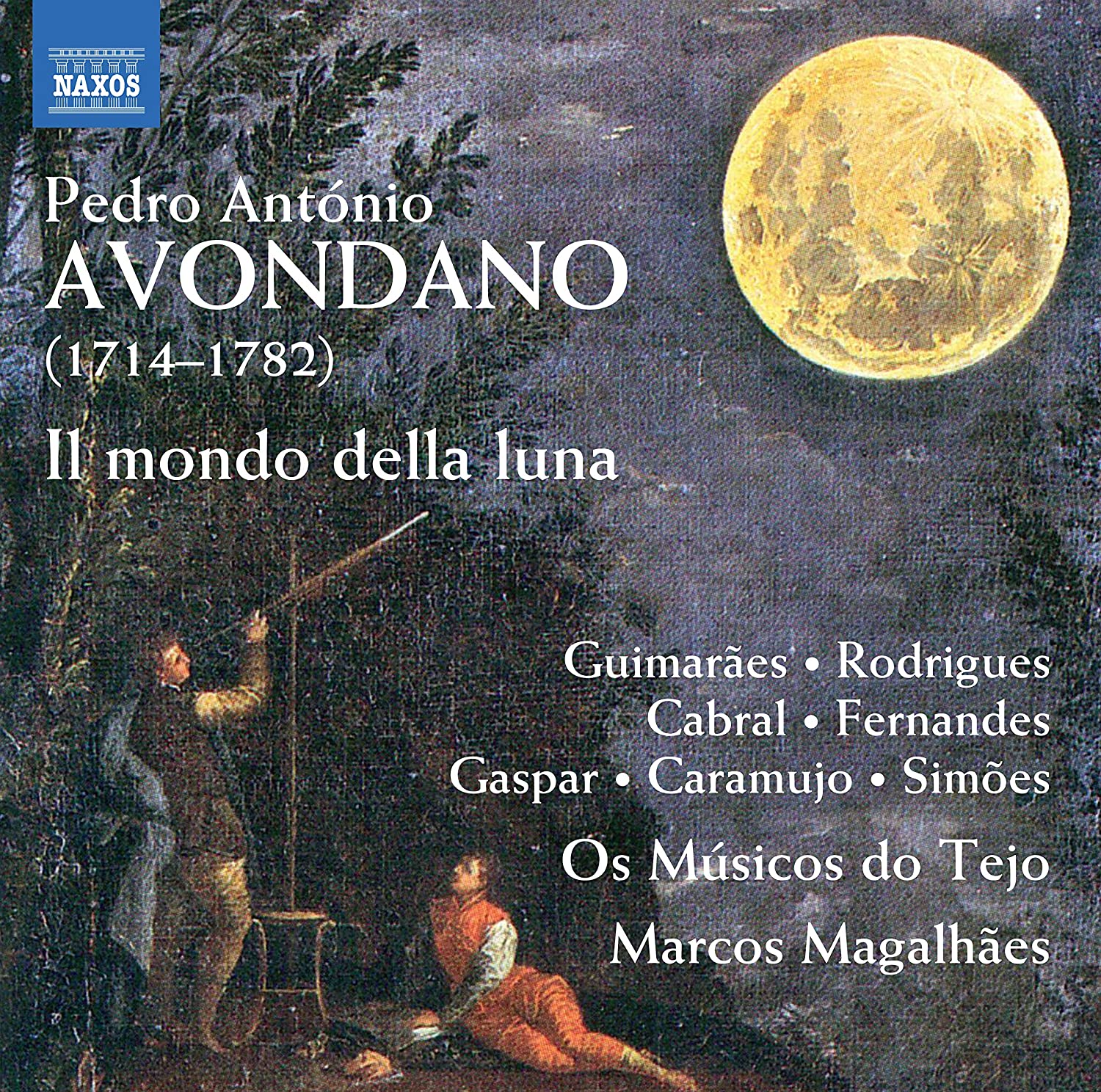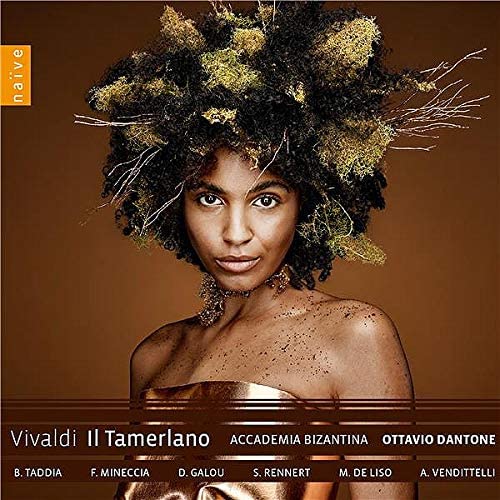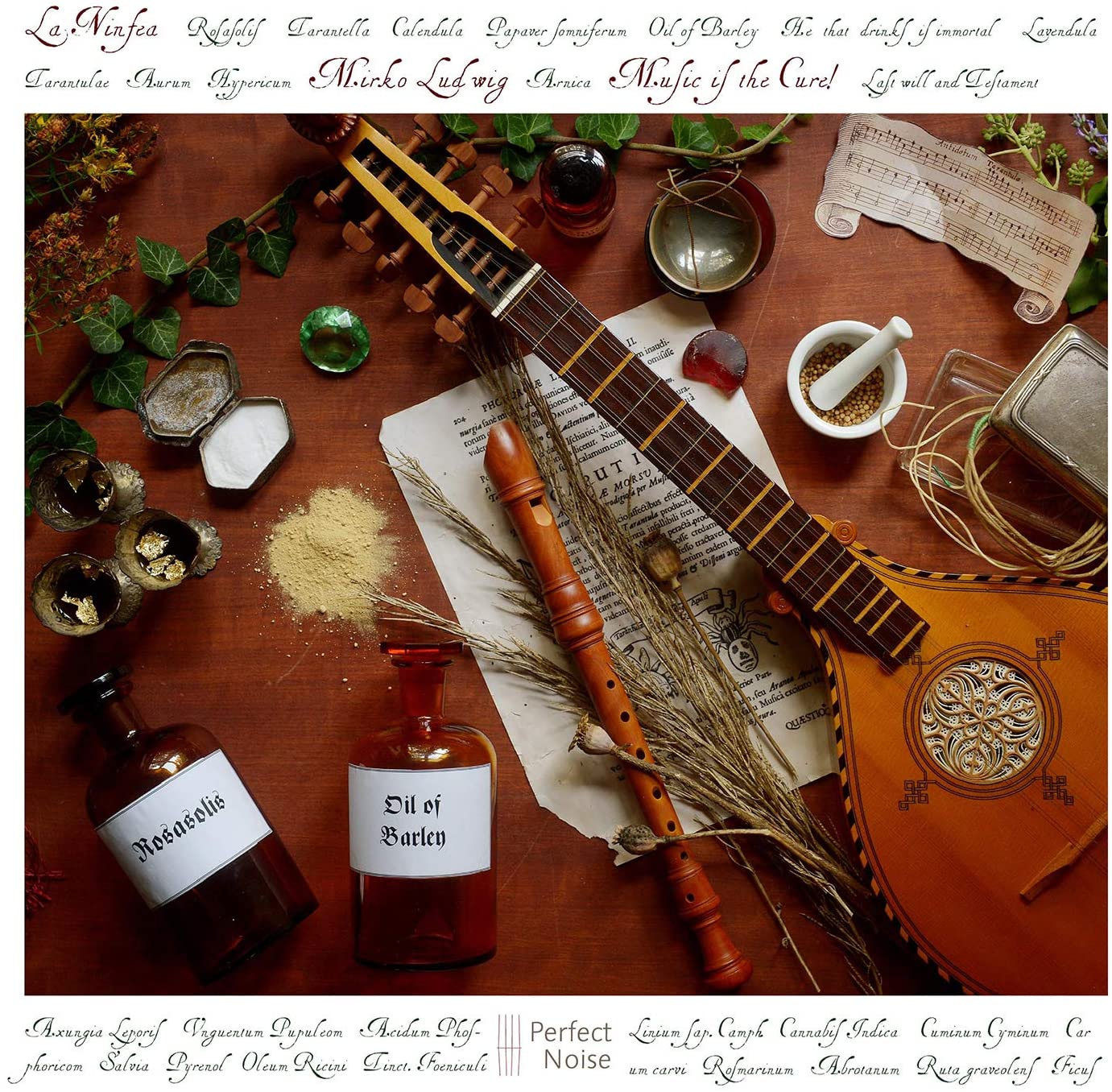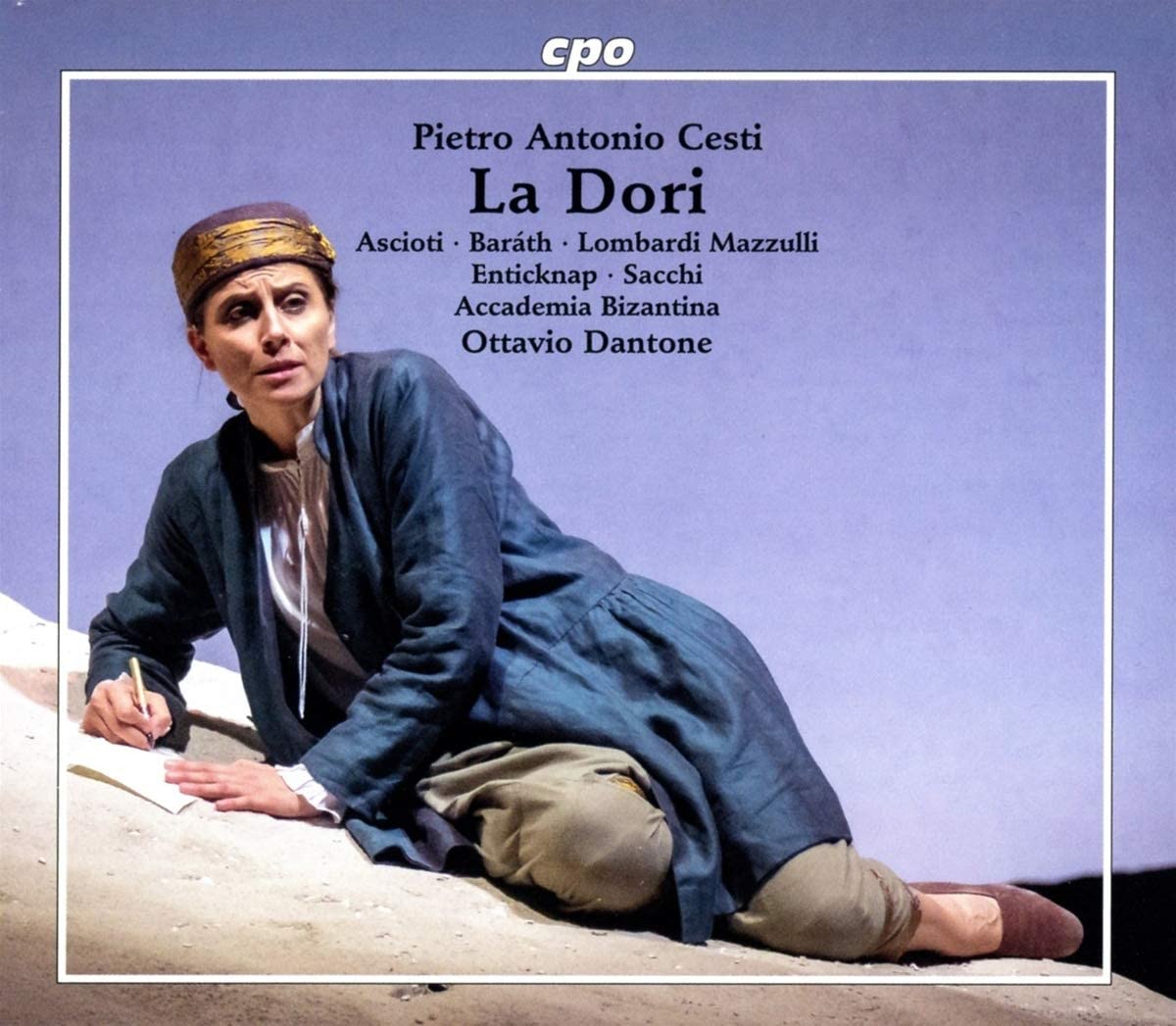Emőke Baráth Argippo, Marie Lys Osira, Delphine Galou Zanaida, Marianna Pizzolato Silvero, Luigi De Donato Tisifaro, Europa Galante, Fabio Biondi
123:00 (2 CDs in a jewel case with separate booklet, all in a card case)
naive OP 7079
Naïve’s attention to the operatic repertoire in its complete Vivaldi Edition is certainly not skimping. Here, following closely on the heels of an outstanding Tamerlano (Verona, 1735), a review of which appeared recently on EMR, is another pasticcio. Until recently, Argippo was considered to be lost, one of several operas from the early 1730s known only from a libretto housed in the University Library in Prague, where it was first given at the Teatro Sporck in 1730. A libretto for a slightly varied version of the opera given in Vienna, possibly earlier the same year, is also extant. Then, in 2011, an anonymous manuscript that can be linked to the opera was discovered in Darmstadt and it is this, alongside a collection of arias associated with the Vienna version, which formed the basis for the publication of the critical edition of the opera recorded here. Cast in the usual three acts, Argippo is a dramma per musica containing nine arias that can be attributed to Vivaldi. In addition, there are arias by his Venetian contemporaries G B Pescetti (4), A Galeazzi (a composer unknown to Grove Opera or any other authority I’ve consulted), the Milanese composer Andrea Fiorè, whose own setting of Argippo (Milan, 1722) is the source of Osira’s act 3 ‘Vado a morire’, one of the finest moments in the opera, and the better-known names of Hasse, Porpora and Vinci, each represented by a single aria.
The libretto was the work of Domenico Lalli, the poet who enjoyed the company of the composer D’Astorga during their adventurous travels through Europe during the second decade of the century (see the recent EMR review of D’Astorga sonatas and cantatas). It had first been set as Il gran mogol by Francesco Mancini for Naples in 1713, its exotic, colourful location in India conforming with the taste for opera seria to be given settings far removed from everyday life. The book is not exactly a masterpiece. It concerns Zanaida, the much-loved daughter of the Great Mogul, Tisifaro. She is convinced that she was seduced by Argippo, a tributary king, who married her, but then went off to commit bigamy with another princess, Osira. The opera revolves around a visit to Tisifaro by Argippo and Osira, during which it is revealed that Zanaida’s seducer was not Argippo but Tisifaro’s cousin and counsellor Silvero, this however not before poor Osira has been sentenced to death for her husband’s former ‘crime’. In a conclusion that defies all credibility, Zanaida agrees to marry Silvero, the man whose lust for her caused everyone else great distress.
It goes without saying there is no local colour and indeed for much of the first two acts there is little colour of any kind. An exception can be made for two arias for Zanaida, the first in act 1, ‘Se lento ancora in fulmine’ an aria di furia by Vivaldi, sung with glittering precision and fervent intensity by Delphine Galou, while ‘Che gran pena’ (act 2), a graciously melodic aria by Hasse, articulates the princess’s extreme conflicts of emotion. There is little doubt the impression made by these arias owes much to the dramatic commitment of the singer, whose work with her husband Ottavio Dantone has enabled Galou to attain new levels of excellence. Moreover, her delivery of plain recitative also stands out significantly from that of her colleagues. Among them, the Osira of soprano Marie Lys is a mixed success, infinitely touching and expressive in successive arias at the climax of the drama in act 3, but prone to brittle, razor-sharp brilliance in her upper range elsewhere. But she can be forgiven much for the lovely trill at the final cadence of ‘Vado a morir’. In any event, the sometimes wildly extravagant da capo excursions into the stratosphere are not unique to her. I wonder when singers will learn that such lapses of taste invariably end in tears, for the listener at least. Notwithstanding most of the singing is well above average, with some expectedly lovely cantabile from Emőke Baráth’s wronged Argippo and noble bass tone from Luigi De Donato’s suitably regal Tisifaro.
Fabio Biondi’s direction is efficient, but to my ears not particularly inspiring. As so often with him, mannerisms can be irritating, particularly his encouragement of a continuo lutenist whose hyperactivity consistently distracts attention from the voice. The sound also lacks the immediacy of other recent issues in this series. Those collecting the series can be assured of another set well worthy of investigating, but the uncommitted may find it a less appealing proposition
Brian Robins
